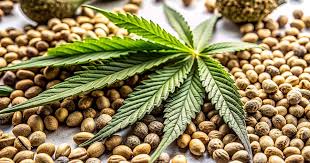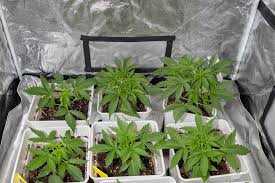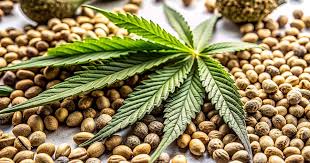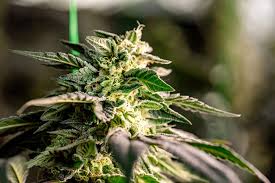
The Ultimate Guide to Cannabis Seeds in Vermont
As the landscape of cannabis legislation continues to evolve, Vermont stands out as a state with a vibrant cannabis culture and robust growing community. Whether you are an experienced cultivator or a novice gardener, understanding the nuances of cannabis seeds vermont is crucial for success in your cultivation journey. In this article, we will delve into the legal aspects, types of seeds, cultivation tips, and resources available to Vermont growers.
Understanding the Legal Framework
Vermont has made significant strides in legalizing cannabis, both for recreational and medicinal use. The state legalized recreational cannabis in 2018, allowing adults aged 21 and over to possess and grow cannabis at home. Understanding these laws is essential for potential growers. For example, individuals are allowed to cultivate two mature plants and four immature plants at a time. This law encourages home cultivation, making cannabis more accessible to residents.
Types of Cannabis Seeds
When it comes to cannabis seeds, growers have several options to choose from, each offering distinct features that cater to different cultivation styles. The main types of seeds available in Vermont include:
Feminized Seeds
Feminized seeds are genetically engineered to produce only female plants, which are essential for flower production. This type is ideal for growers who want to maximize their yield and minimize the hassle of identifying and removing male plants.
Regular Seeds
Regular seeds contain a mix of male and female plants. They are often preferred by breeders looking to create new strains. However, they require more attention and knowledge since growers need to identify and remove male plants to prevent unwanted pollination.
Autoflowering Seeds
Autoflowering seeds are renowned for their quick growth cycle. They transition from the vegetative state to flowering automatically, making them a great choice for beginners and those with limited growing space.

How to Source Quality Cannabis Seeds in Vermont
Sourcing high-quality cannabis seeds is essential for a successful grow. Here are some tips for finding the best seeds in Vermont:
Local Dispensaries
Many local dispensaries in Vermont offer a variety of cannabis seeds. Visiting these establishments provides an opportunity to consult knowledgeable staff who can help you select the right strains for your growing conditions.
Online Seed Banks
There are numerous online seed banks that ship to Vermont. These platforms often provide a more extensive selection of genetic breeds and allow growers to read reviews and ratings from other customers. Be sure to research the reputation of the seed bank before making a purchase.
Trade Shows and Local Events
Participating in local cannabis trade shows and events can also be an excellent way to connect with breeders and other growers. These venues offer networking opportunities and the chance to obtain rare strains of seeds.
Cultivation Techniques for Cannabis Seeds
Knowing how to cultivate cannabis seeds effectively can make a substantial difference in your yield. Here are some essential growing techniques:
Soil Preparation
The foundation of any successful cannabis grow begins with the soil. High-quality, nutrient-rich soil provides a healthy growing environment. Consider adding organic matter, compost, or perlite to improve aeration and drainage.

Watering Practices
Proper watering is critical for cannabis plants. It’s essential to strike a balance between overwatering and underwatering. Generally, cannabis plants prefer slightly moist soil, so allow the top inch of soil to dry out before watering again.
Light Requirements
Sunlight is crucial for the growth of cannabis plants. If growing indoors, consider using grow lights that mimic natural sunlight. Outdoor growers should ensure their plants receive at least six hours of direct sunlight daily.
Pest Control
Keeping your plants healthy means being vigilant about pests. Use organic pest control methods to protect your plants without exposing them to harmful chemicals. Regular inspection and maintenance can help you catch potential infestations early.
Harvesting Your Cannabis
Knowing when to harvest your cannabis plants is key to achieving the best flavor and potency. Typically, plants are ready for harvest when the trichomes (small resinous glands on the buds) turn from clear to milky white. This change indicates that the plant has reached its peak potency.
The Future of Cannabis Seeds in Vermont
As Vermont continues to embrace a culture of cannabis, the future looks promising for both recreational and medicinal growers. Increased education and support for growers will lead to better practices and higher quality cannabis. Collaborations between local universities and cannabis advocates may also contribute to advancements in breeding and cultivation techniques.
Conclusion
Whether you’re a first-time grower or a seasoned cultivator, understanding the landscape of cannabis seeds in Vermont is essential. With the right resources, knowledge, and dedication, anyone can successfully grow high-quality cannabis at home. Remember to stay informed about local laws, source quality seeds, and apply best practices in cultivation to make the most of your cannabis growing experience.




